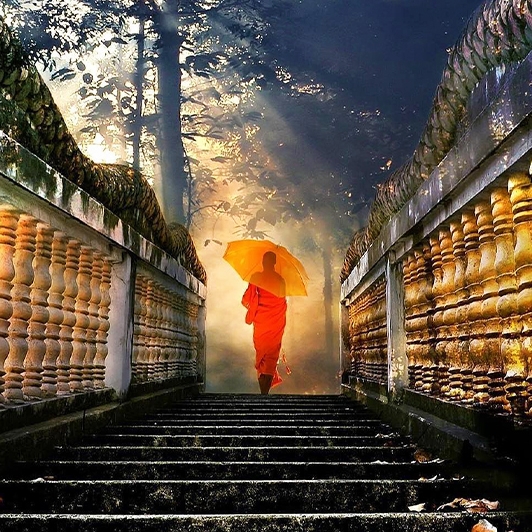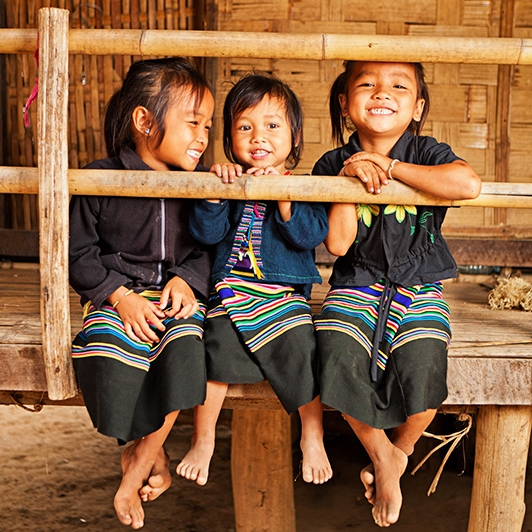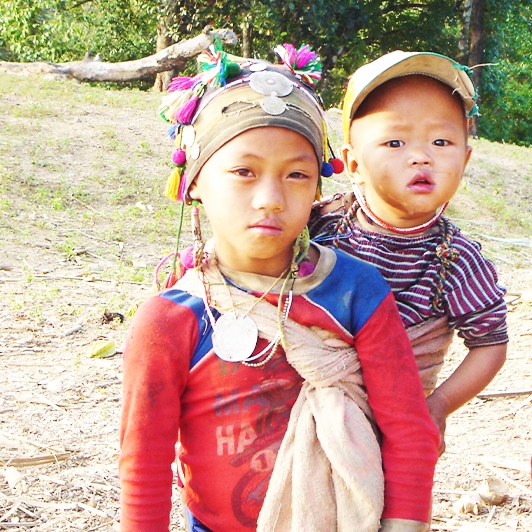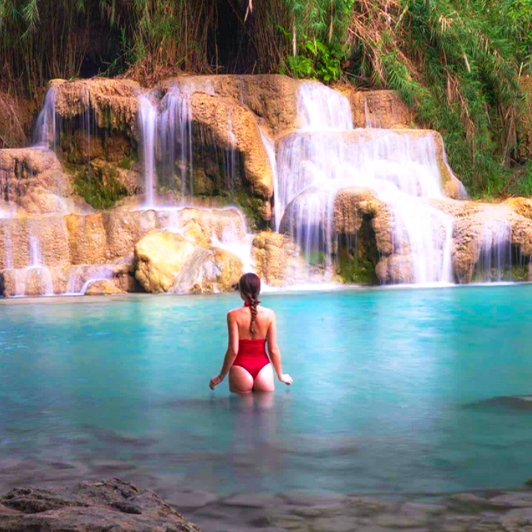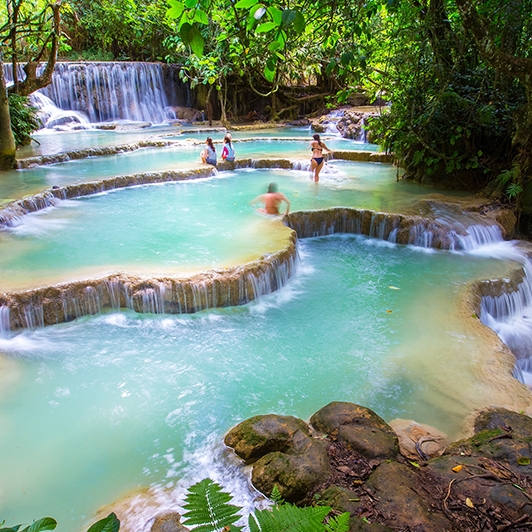Laos Travel Guide - Need to know
Laos, officially known as the Lao People's Democratic Republic, boasts a rich 10,000-year history, once ruling over parts of present-day Laos and northern Thailand. As the sole landlocked country in Southeast Asia, it shares borders with China, Vietnam, Cambodia, Thailand, and Myanmar. The Mekong River plays a significant role, forming a major part of the border with Thailand and passing through key population centers like Vientiane, Luang Prabang, Pakse, and Savannakhet. Vientiane, situated on the banks of the Mekong River near Thailand's border, serves as the country's capital and largest city. Laos covers approximately 237,000 km2 of land, characterized by mountainous terrain and dense forests.
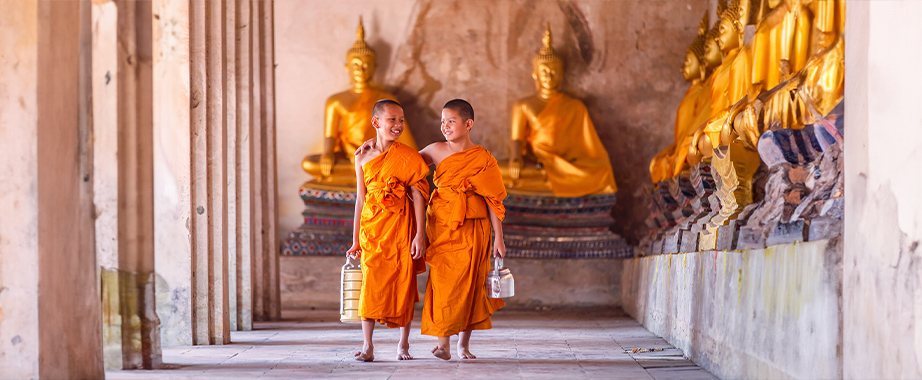
What to prepare to travel to Laos?
| Things to know before visiting Laos | |
|---|---|
| All Laos Travel Tips, Best time to visit Laos | Laos Map |
| Cost of traveling to Laos | Currency in Laos |
| Travel bank card Laos | |
| Tipping culture in Laos | |
| Travel insurance Laos | |
| Laos Time Zone | |
| What are the different types of travel to Laos? | |
| Baby-Friendly Travel in Laos | |
| What documents are needed for travel to Laos? | |
| Can I travel without a return flight to Laos? | |
| Visa Laos | Visa on arrival, Apply Laos E-visa, Visa exemption,... |
| How To Handle Tour Cancellation In Laos? | |
| How can I stay healthy in Laos? | |
| Vaccines for Laos travel | |
| Transport in Laos | |
| How do I move around in Laos? | |
| Can I drive in Laos as a tourist? | |
| Laos travel necessary item | |
| Travel Packing Checklist | Electric plug Laos |
| Travel clothes in Laos | How to dress in Laos? |
| Luggage | Laos checked baggage |
| Laos backpack travel | |
Lao History
Laos proclaimed the People’s Democratic Republic on December 2nd, 1975, with the Lao People's Revolutionary Party (LPRP) as the sole legal political party.
Laos maintains strong political ties with Vietnam through the 1977 Treaty of Friendship and Cooperation, and China and Thailand are essential bilateral partners.

Laos Culture
The population is diverse, comprising 49 ethnic groups, 149 sub-groups, and 80 languages recognized by the government. Half of the population consists of Lao Loum people living in river plains and along the Mekong.
Laos culture values collective traditions and equal responsibility in community tasks. Theravada Buddhism is central to their rich heritage, followed by about 60% of the population, particularly among the Lao-Tai language ethnic groups. Animism persists among some minority groups, especially in rural areas.
Laotians are known for their warm and friendly nature, though they may be initially shy with strangers. They maintain more physical distance from each other than Westerners but express warmth through touch, especially among women.
Laos Weather
The country experiences two distinct seasons: the dry season from October to April, and the wet season from May to September. In the early months of the wet season (May to July), temperatures remain hot with short-lived rainfall. However, heavy rains become more constant in the latter months, especially in southern Laos.
The period between November and February is the ideal time to visit Laos. During these months, the weather is cool and dry, providing a more pleasant experience. Additionally, it is a time when the country celebrates its vibrant festivals.
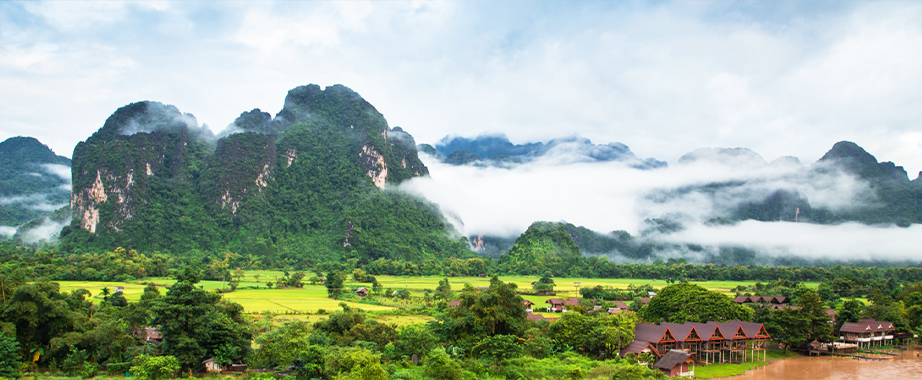
Transportation in Laos
Getting to Laos
The most convenient way to reach Laos is by flying through various international airlines like Lao Airlines, Vietnam Airlines, China Southern, Thai Airways, Bangkok Airways, and EVA Air. For budget travelers in the region, Air Asia provides low-cost flight options. Many international flights to Laos transit through Suvarnabhumi Airport in Bangkok, which serves as the central hub connecting to Luang Prabang, Vientiane, and Pakse airports. Alternatively, you can also consider catching a night bus or train from major cities in Southeast Asia for a more affordable travel option.
The 1,035km-long high-speed railway from Kunming (China) to Vientiane (Laos) was opened on December 2, 2021. It passes through numerous tunnels and hundreds of kilometers of bridges, connecting the two cities.
Getting around Laos
In Laos, buses, trains, and taxi cabs are the preferred modes of long-distance travel. For shorter distances within cities or regions, options include taxis, tuk-tuks, and bicycle or motorbike rentals, which are widely available at travel agents and hotels.
The high-speed railway route runs inland through Laos for over 400 km, with six stations located in Vientiane, Vang Vieng, Luang Prabang, Muang Xai, Luang Namtha, and Boten.
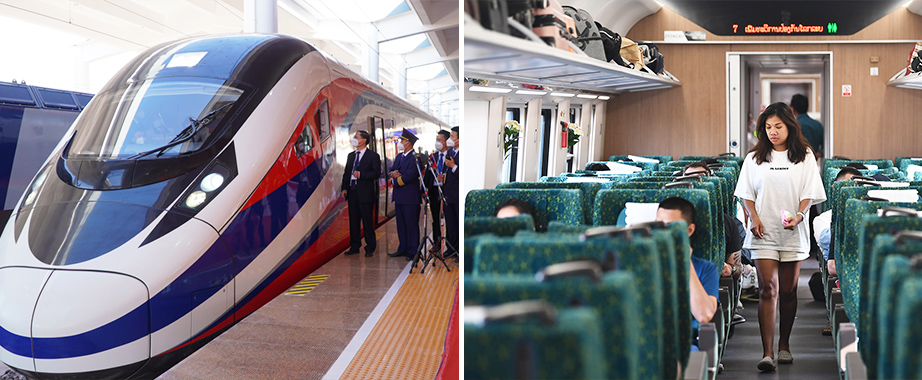
Travel tips
Lao visas
To get a Lao visa on arrival, contact the Lao Embassy in your country for fees (typically US$30 to US$45 for American and European citizens). With a visa extension, you can stay up to 3 months without leaving Laos. Extensions are available in certain cities, costing 20,000 kip per day plus a small "form fee" (5,000 kips to 25,000 kips). Note: Extensions are not available in Savannakhet.
Electricity socket
In Laos, AC electricity is 230V, and the power outlets have two-prong round or flat sockets. If you're from North America or Europe, a universal travel adaptor is highly recommended to accommodate both plug types. Bringing a universal adaptor will save you the hassle of buying new adapters everywhere.
Money
1 USD = 19,200 Kips
The official currency in Laos is the kip (K), ranging from 500 to 100,000 denominations. Use licensed money-changing booths at banks or airports for currency exchange. Reliable banks offer good rates with extended opening hours.
You can also exchange money at shops, hotels, or markets without commission, but with favorable rates. In tourist areas, US dollars and Thai baht are widely accepted. Note that credit cards are only accepted in large hotels, shops, and restaurants.
Filter Articles
Most read
Top Laos Destinations

Vientiane
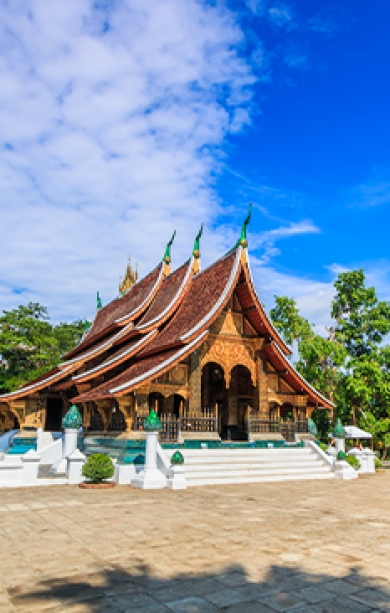
Luang Prabang

Vang Vieng
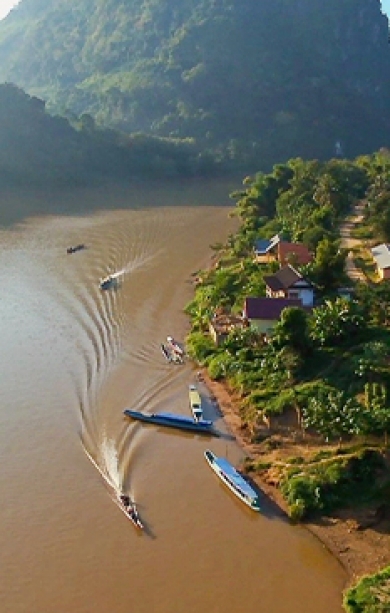
Nong Khiaw

Pakbeng - Oudomxay

Luang Namtha
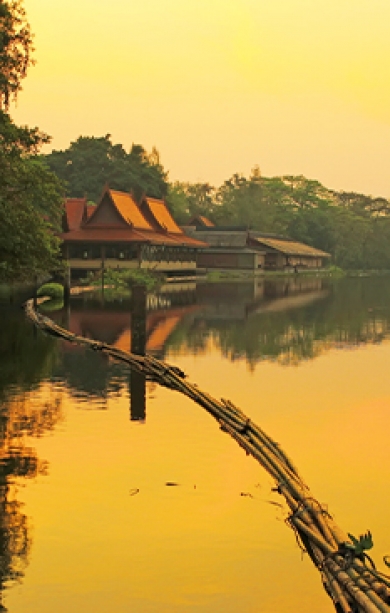
Bokeo - Huay Xai
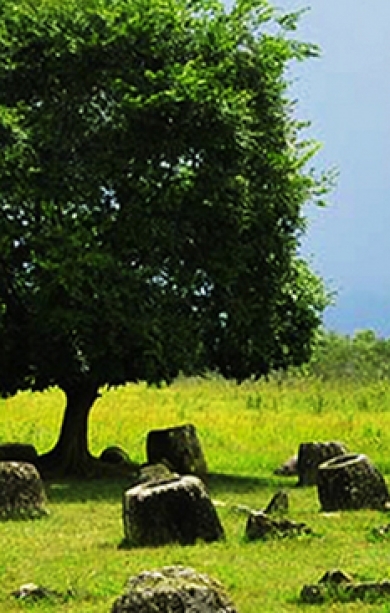
Xieng Khouang

Savannakhet

Pakse

Champasak
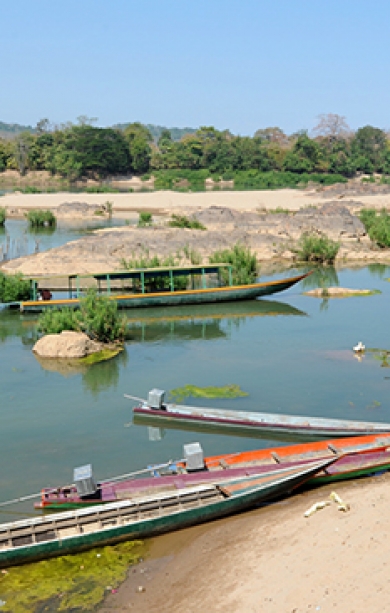
Khong Island - Don Khong
Recommended Laos Itineraries
Laos Travel Highlights Itinerary 14 Days 13 Nights
0.0
No reviews | 100 reviews
Immerse yourself in Laos Tour three weeks 21 Days 20 Nights
5.0
Excellent | 101 reviews
Authentic Laos itinerary 3 weeks 20 Days 19 Nights
0.0
No reviews | 100 reviews
Laos Travel packages itinerary 10 Days 9 Nights
0.0
No reviews | 100 reviews
Autour Asia is highly recommended on
Embracing the mission of "Satisfied more than expected" and providing authentic experiences, we have received numerous recommendations on reputable travel forums:







